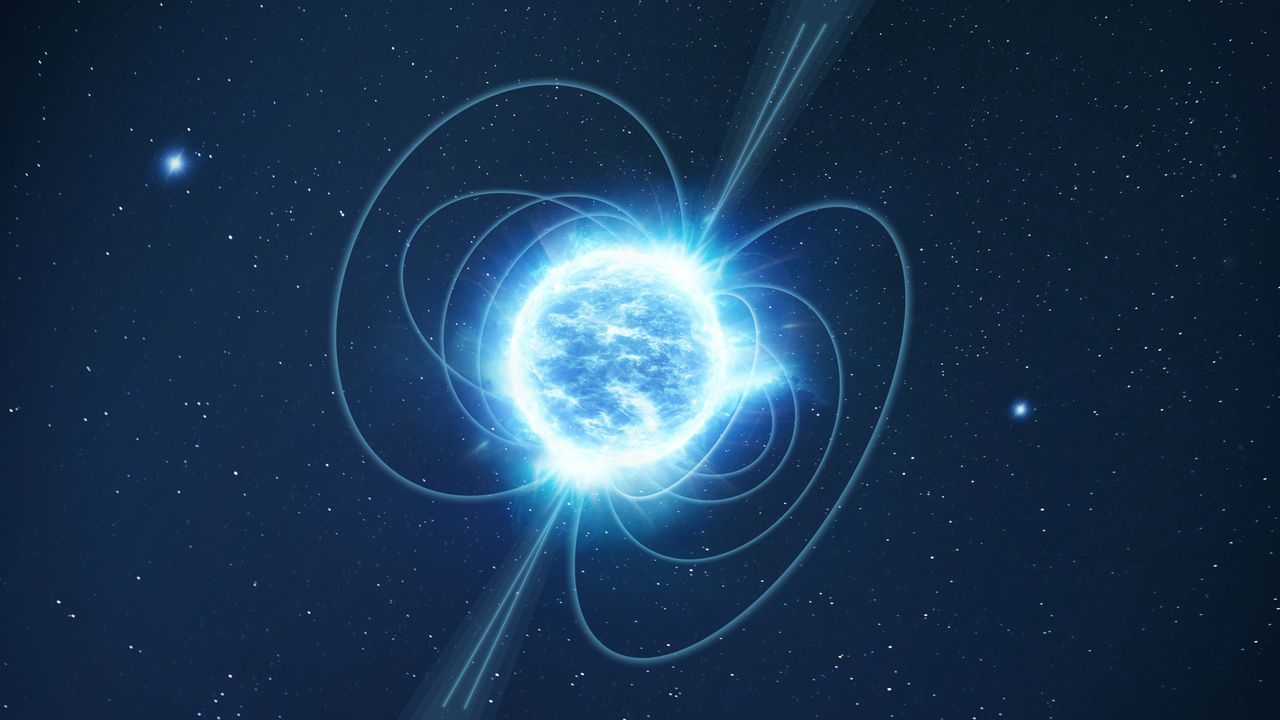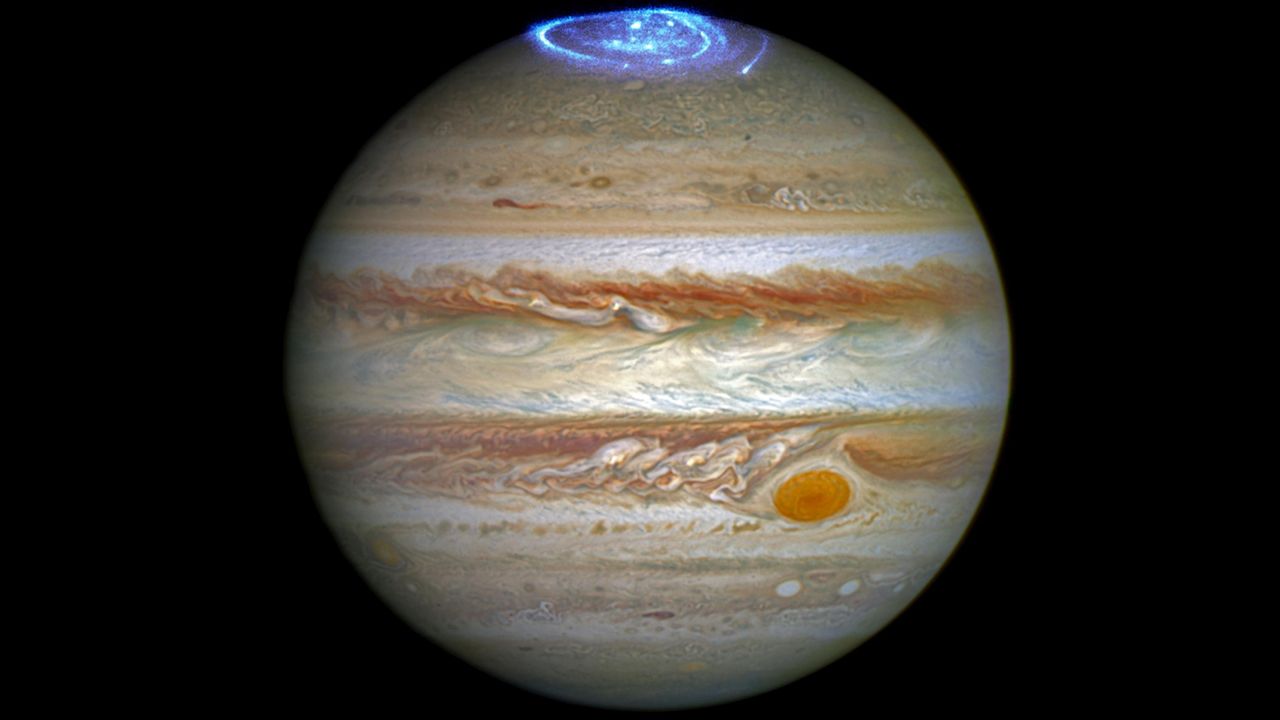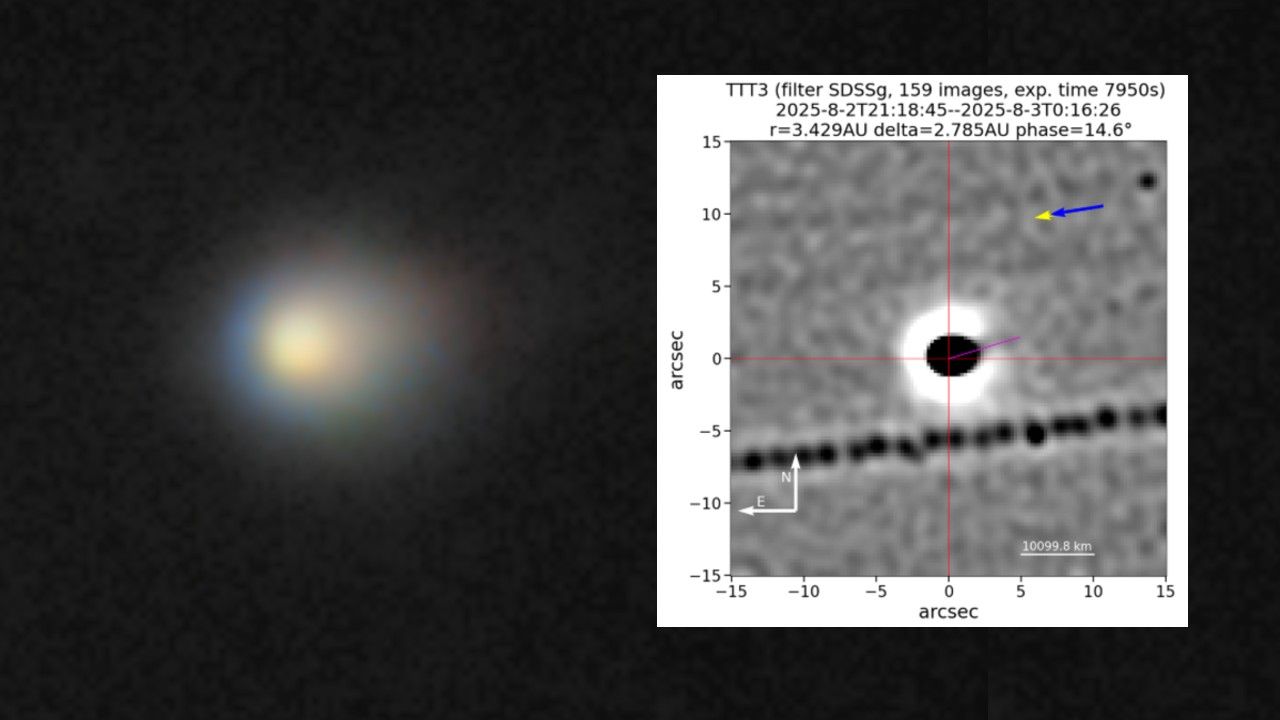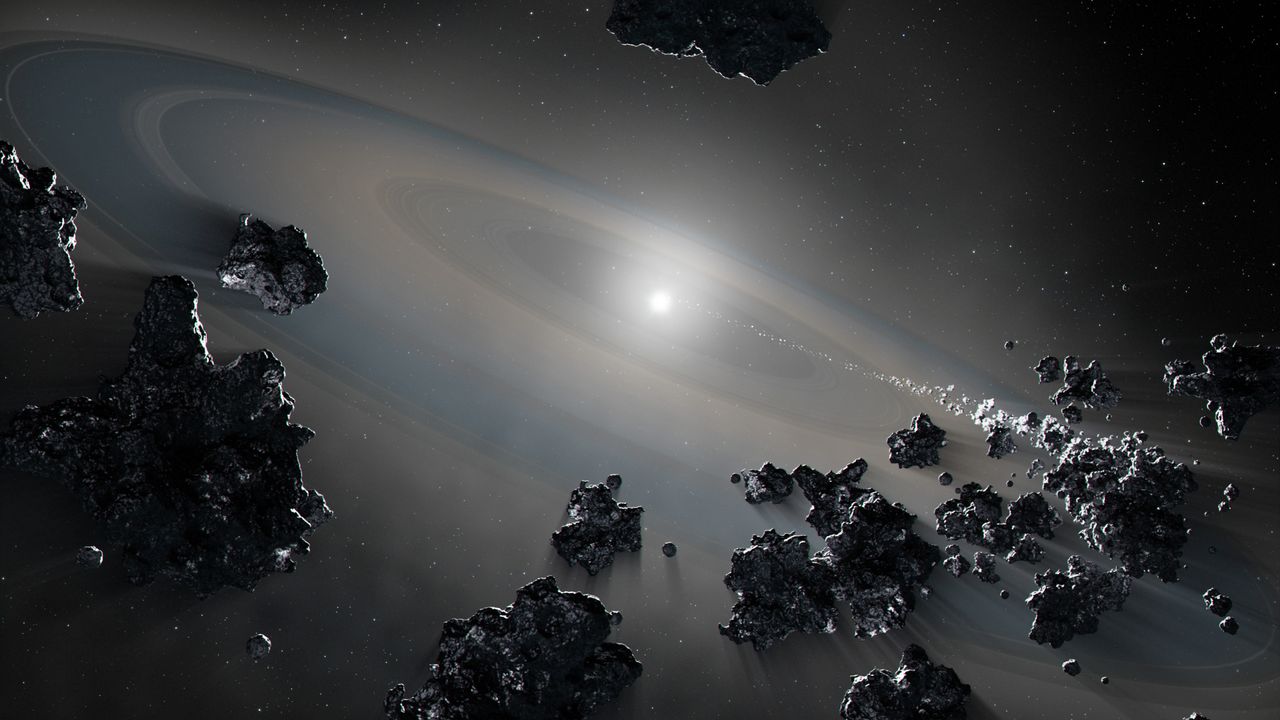Space News
SpaceNews
Space.com
- How compact can a neutron star get before collapsing into a black hole?on October 24, 2025 at 9:02 pm
This new analysis could be used to test the physics of quantum chromodynamics in the future.
- Without Jupiter, Earth may have spiraled into the sun long agoon October 24, 2025 at 8:18 pm
New research shows how Jupiter carved out rings and gaps that changed how and when planets and meteorites formed.
- Space shuttle Discovery fight continues as Texas senators rope Department of Justice into their tug-of-war with Smithsonianby jdinner@space.com (Josh Dinner) on October 24, 2025 at 7:00 pm
Things seem to be escalating quickly…
- Interstellar comet 3I/ATLAS blasts a jet towards the sun in new telescope imageon October 24, 2025 at 6:30 pm
Comet 3I/ATLAS is warming up as it approaches the sun, causing a jet to emerge. The jet is visible in a dramatic new image.
- A doomed planet is being torn up by its ‘zombie’ white dwarf star — but astronomers don’t understand whyon October 24, 2025 at 6:00 pm
The destroyed planet has spewed material onto the white dwarf’s surface, with astronomers detecting 13 different elements originating from the rocky body.
Phys.org
- Three Earth-sized planets discovered in a compact binary systemon October 24, 2025 at 4:33 pm
An international team of researchers has just revealed the existence of three Earth-sized planets in the binary stellar system TOI-2267 located about 190 light-years away. This discovery, published in Astronomy & Astrophysics, is remarkable as it sheds new light on the formation and stability of planets in double-star environments, which have long been considered hostile to the development of complex planetary systems.
- Search for elusive neutrino multiplets tightens limits on cosmic particle originson October 24, 2025 at 3:05 pm
The origins of extremely high-energy particles that fill the universe—such as protons, electrons, and neutrinos—remain one of the longest-standing mysteries in modern astrophysics. A leading hypothesis suggests that “explosive transients,” including massive stellar explosions (supernovae) and tidal disruption events (TDE) caused by stars being torn apart by black holes, could be the cosmic engines driving these energetic particles. Yet, this idea has never been rigorously tested.
- Astronomers capture radio signals from comet 12P/Pons-Brookson October 24, 2025 at 1:48 pm
A research team led by the Shanghai Astronomical Observatory of the Chinese Academy of Sciences has used the Tianma Radio Telescope to conduct multi-band radio observations of the returning comet 12P/Pons-Brooks (12P). They measured its water production rate during outburst activities and made the most distant detection of ammonia molecules in a Halley-type comet to date. The findings are published in Astronomy & Astrophysics.
- Scientists discover elusive solar waves that could power the sun’s coronaon October 24, 2025 at 1:13 pm
Researchers have achieved a breakthrough in solar physics by providing the first direct evidence of small-scale torsional Alfvén waves in the sun’s corona—elusive magnetic waves that scientists have been searching for since the 1940s.
- Astronomers expose CO-dark molecular gas, previously invisible to telescopeson October 23, 2025 at 7:52 pm
An international team of astronomers has created the first-ever large-scale maps of a mysterious form of matter, known as CO-dark molecular gas, in one of our Milky Way’s most active star-forming neighborhoods, Cygnus X. Their findings, using the Green Bank Telescope (GBT), are providing crucial new clues about how stars formed in the Milky Way.










